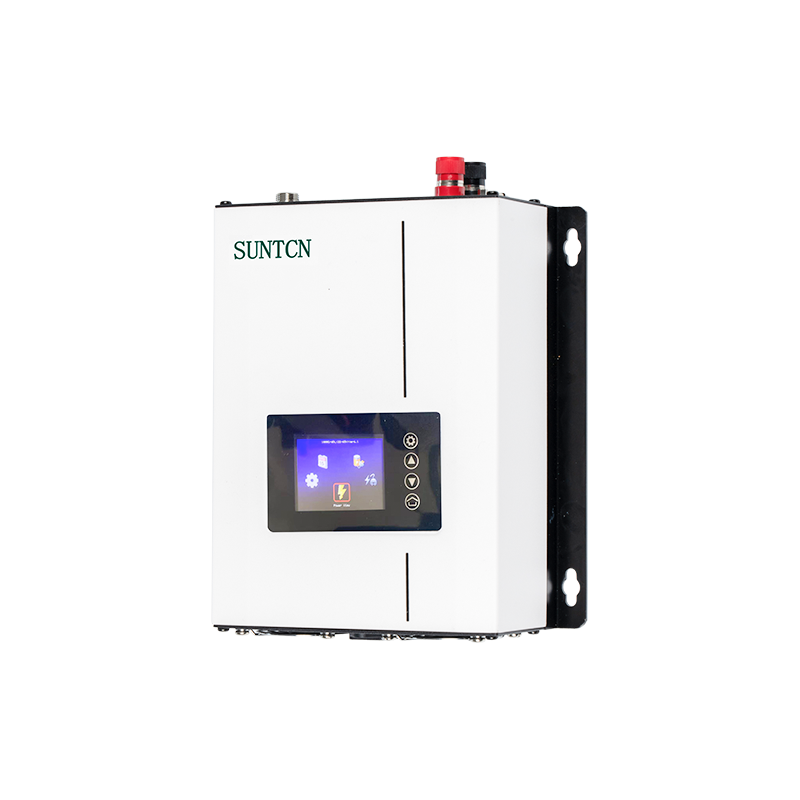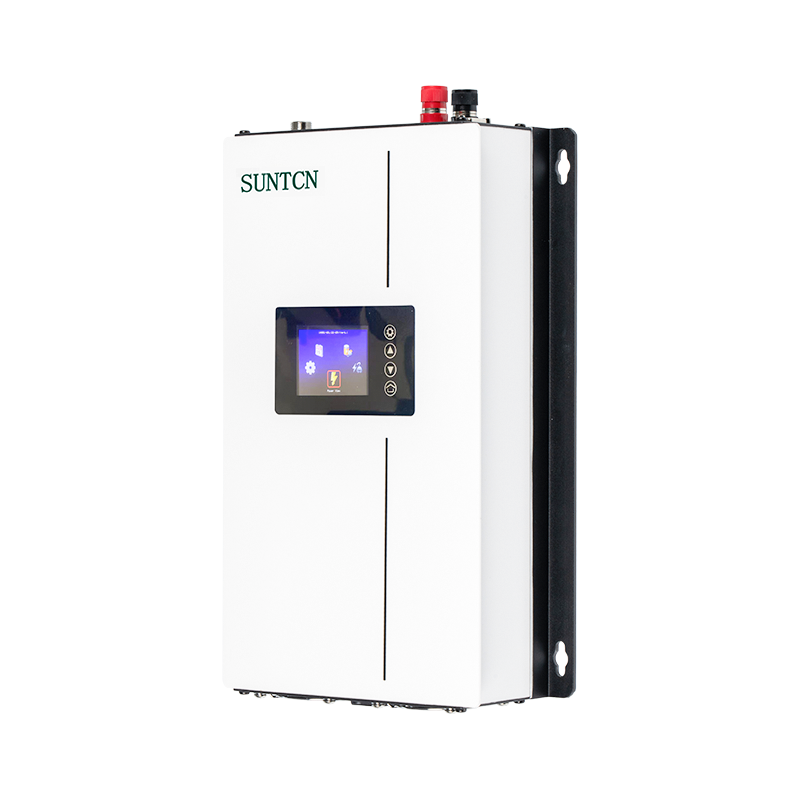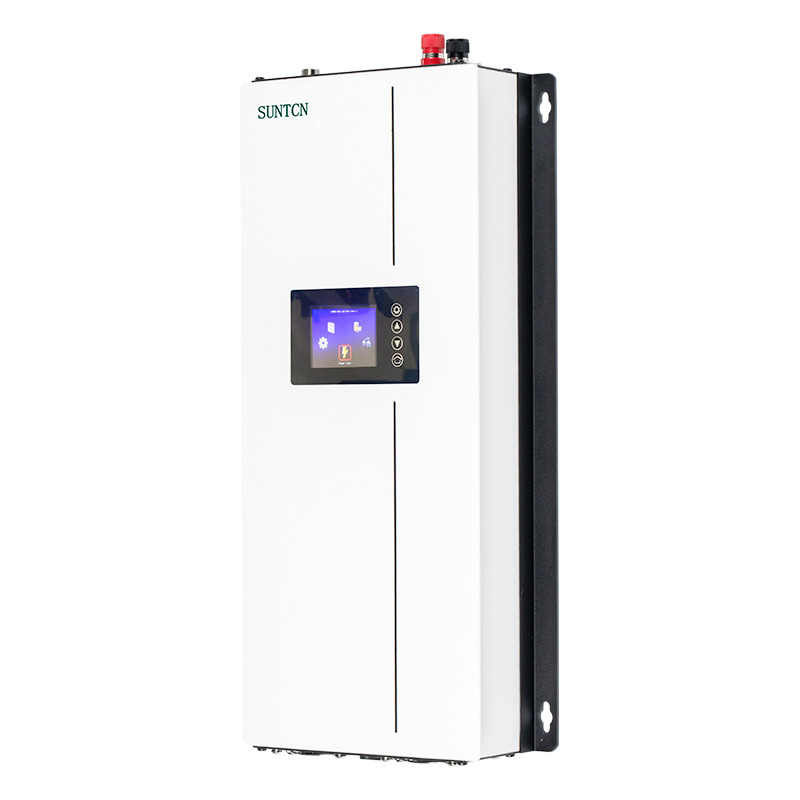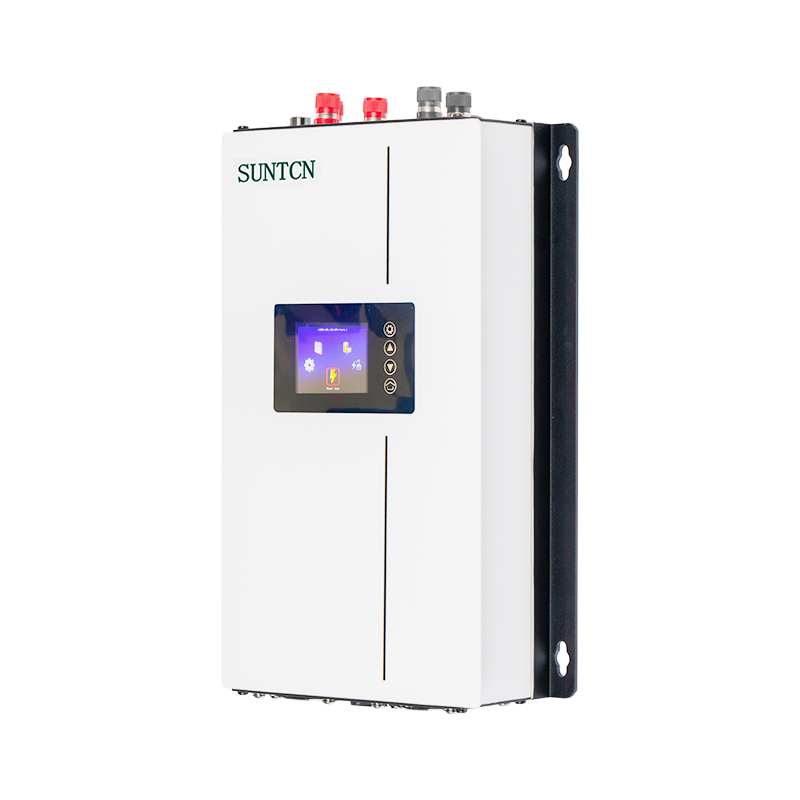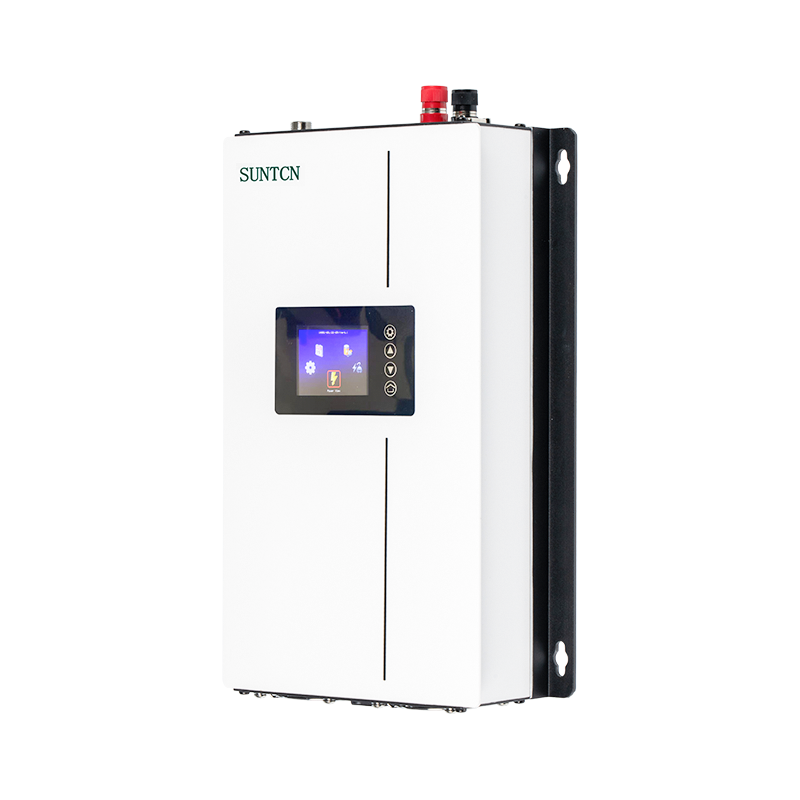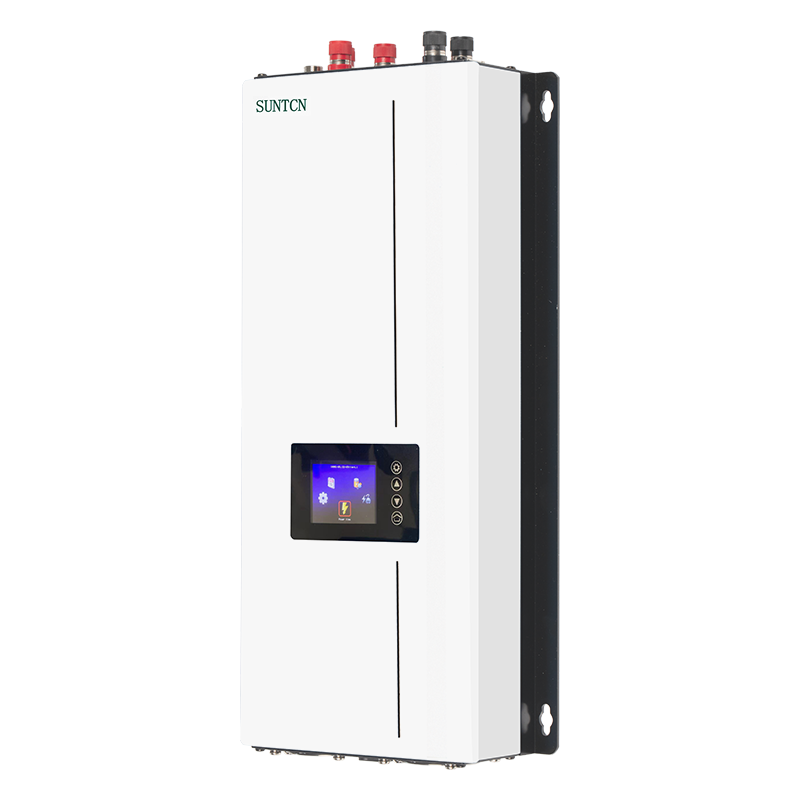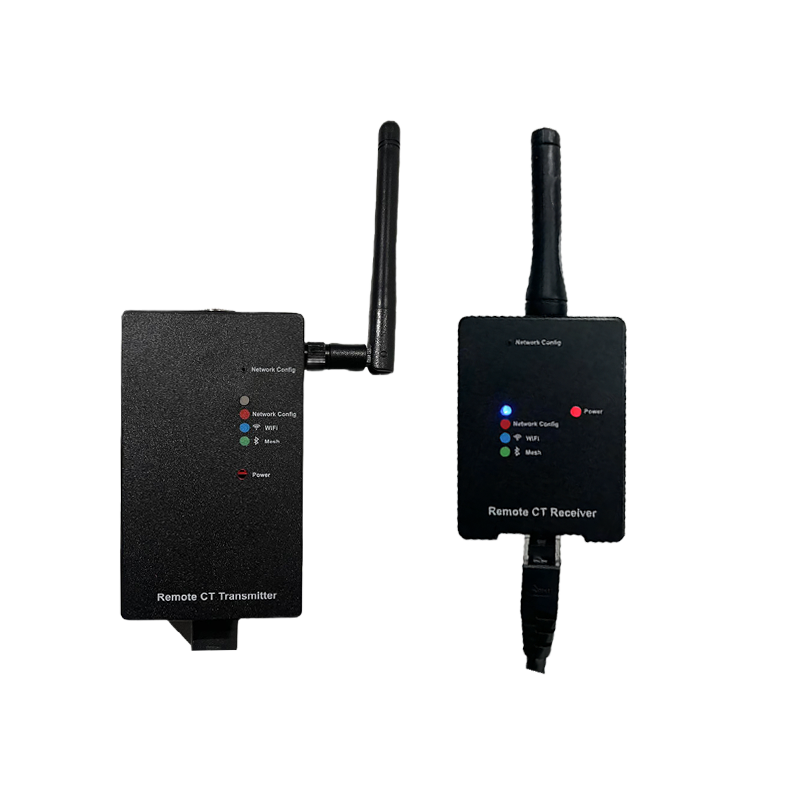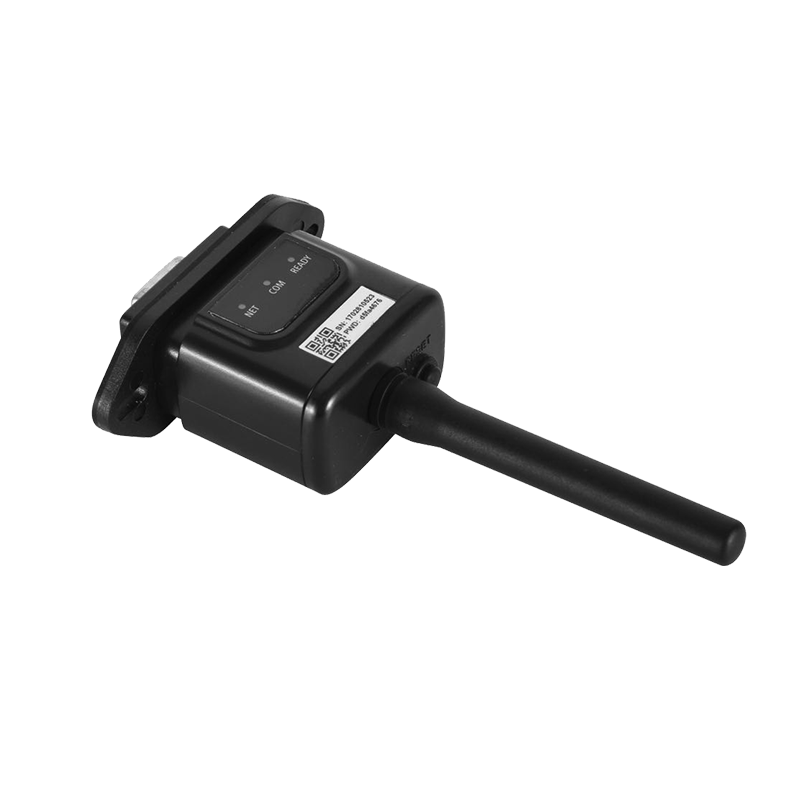The growing adoption of renewable energy systems, especially solar photovoltaic (PV) installations, has driven innovation in inverter technology. Inverters play a crucial role in converting direct current (DC) generated by solar panels or energy storage systems into alternating current (AC) for use in homes, businesses, and the power grid. Among the latest innovations are high-power hybrid inverters, which differ significantly from traditional string and central inverters in terms of functionality, design, and applications.
This article explores the differences between high-power hybrid inverters and traditional string or central inverters, detailing their advantages, limitations, and suitability for various renewable energy applications.
1. Understanding Inverter Types
1.1 Traditional String Inverters
String inverters are widely used in residential and small commercial solar PV systems. In this setup, multiple solar panels are connected in series, forming a “string,” and the combined DC output is fed into a single inverter.
Key characteristics:
- Centralized Conversion: One inverter converts the DC power from the entire string into AC.
- Single Maximum Power Point Tracking (MPPT): Each string typically has one MPPT channel to optimize energy generation.
- Power Rating: Typically ranges from 3 kW to 100 kW for residential and commercial applications.
1.2 Central Inverters
Central inverters are designed for large-scale solar installations, such as utility-scale solar farms. They aggregate power from multiple strings or arrays and convert it into AC at a central point.
Key characteristics:
- High Capacity: Can handle hundreds of kilowatts to several megawatts.
- Single or Multiple MPPT Channels: Optimizes multiple strings simultaneously.
- Industrial-Grade Design: Requires dedicated cooling systems and robust housing.
1.3 High-Power Hybrid Inverters
High-power hybrid inverters combine the capabilities of solar PV inverters and energy storage management systems. They integrate AC and DC input/output, energy storage, and smart energy management into a single unit.
Key characteristics:
- Multi-Source Integration: Capable of managing solar panels, batteries, and grid power simultaneously.
- Bi-Directional Functionality: Can charge batteries from solar or grid and discharge to supply loads.
- High Power Output: Typically supports systems from 5 kW up to several hundred kW for commercial and industrial use.
2. Functional Differences
2.1 Power Conversion
- String Inverter: Converts DC from a single string into AC. Limited flexibility if part of the string is shaded or underperforming.
- Central Inverter: Converts DC from multiple strings collectively. Effective for uniform large-scale systems but less adaptable to module-level shading or varying panel orientation.
- High-Power Hybrid Inverter: Converts DC to AC for immediate consumption, directs excess energy to battery storage, and can draw from batteries or the grid when solar generation is insufficient.
2.2 Energy Storage Integration
- Traditional Inverters: Usually require separate battery management systems if energy storage is used.
- Hybrid Inverters: Integrate battery storage management, enabling seamless charging, discharging, and energy optimization. This reduces hardware complexity and installation costs.
2.3 Load Management
- String and Central Inverters: Primarily feed power into the grid or local loads, without advanced load management features.
- Hybrid Inverters: Include smart load management, allowing priority allocation of solar, battery, or grid energy based on cost, availability, and demand.
3. Maximum Power Point Tracking (MPPT)
3.1 String Inverters
- Typically offer 1–2 MPPT channels per inverter.
- Limited flexibility if individual panels are shaded or have different orientations, reducing overall efficiency.
3.2 Central Inverters
- May include multiple MPPT channels, allowing optimization of several strings.
- Still, overall performance can be affected by mismatch between panels.
3.3 Hybrid Inverters
- Often provide multiple MPPT inputs, supporting complex array configurations.
- Optimizes energy harvest from solar panels while managing battery charging and grid interaction.
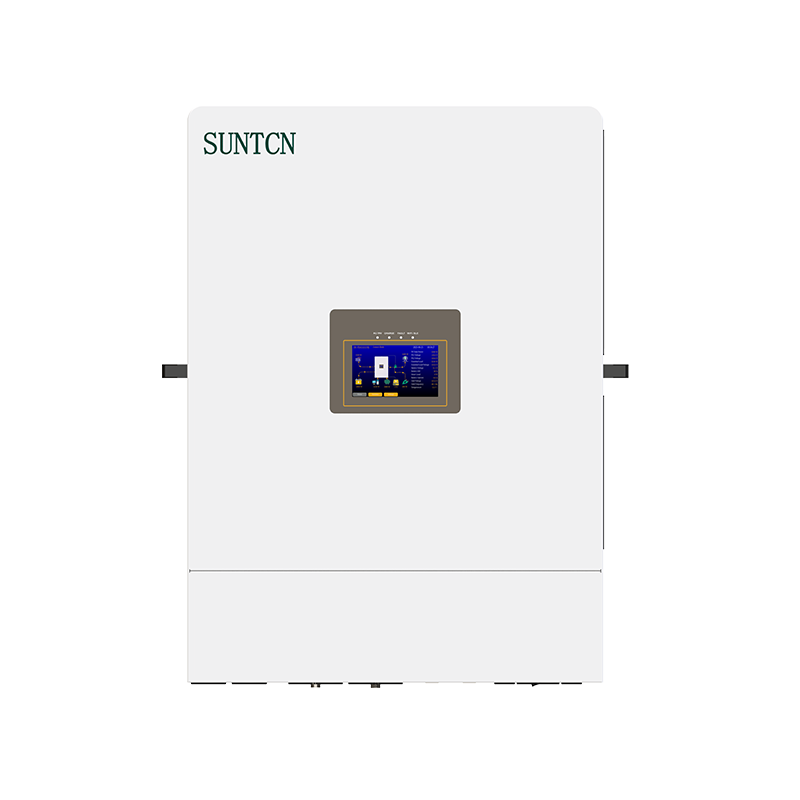
4. System Flexibility and Scalability
4.1 String Inverters
- Flexibility: Suitable for small to medium-sized systems.
- Scalability: Adding more panels may require additional inverters.
4.2 Central Inverters
- Flexibility: Limited, primarily for large-scale, uniform installations.
- Scalability: Can scale by adding more central units, but each unit is costly and bulky.
4.3 Hybrid Inverters
- Flexibility: Highly adaptable to residential, commercial, and industrial applications.
- Scalability: Modular designs allow easy expansion of solar arrays or battery banks without replacing the inverter.
5. Backup Power Capability
- String and Central Inverters: Usually do not provide backup power unless paired with a separate battery system.
- Hybrid Inverters: Can automatically supply stored battery energy during grid outages, providing uninterrupted power for critical loads. This is particularly important for commercial buildings, data centers, and healthcare facilities.
6. Cost and Installation Considerations
6.1 String Inverters
- Cost: Relatively low initial investment.
- Installation: Simple, compact, and widely available.
- Use Case: Ideal for residential rooftop systems.
6.2 Central Inverters
- Cost: High upfront cost due to industrial-grade components.
- Installation: Requires professional handling, space for large units, and dedicated cooling.
- Use Case: Utility-scale solar farms with consistent array layouts.
6.3 Hybrid Inverters
- Cost: Higher than string inverters but eliminates the need for separate battery management systems.
- Installation: More complex due to integration of solar, battery, and grid systems, but offers a compact all-in-one solution.
- Use Case: Residential, commercial, and industrial systems requiring energy storage, grid independence, or load optimization.
7. Energy Efficiency
- String Inverters: Efficiency typically ranges from 95% to 98% under conditions.
- Central Inverters: Efficiency may reach 98–99%, ideal for large-scale installations.
- Hybrid Inverters: Efficiency depends on energy management strategy but can match or exceed string inverter performance, especially when optimizing battery storage usage and peak load shaving.
8. Monitoring and Smart Features
8.1 Traditional Inverters
- Basic monitoring through inverter display or simple web portals.
- Limited remote management capabilities.
8.2 Hybrid Inverters
- Advanced monitoring and control through apps or cloud platforms.
- Features include real-time energy flow visualization, performance alerts, load prioritization, and predictive maintenance.
- Integration with home automation systems and demand-response programs.
9. Suitability for Different Applications
| Inverter Type | Ideal Application | Strengths | Limitations |
| String | Residential rooftop systems | Low cost, easy installation | Less flexible with shading or complex arrays |
| Central | Utility-scale solar farms | High efficiency, handles large arrays | High upfront cost, large footprint, less flexible |
| Hybrid | Residential, commercial, industrial with storage | Backup power, load management, multi-source integration | Higher cost, complex installation |
10. Future Trends
- Smart Hybrid Inverters: Integration with AI and IoT for predictive energy management and load optimization.
- Higher Power Ratings: Expansion to megawatt-scale hybrid inverters for commercial and industrial applications.
- Grid Services: Hybrid inverters can provide ancillary services such as frequency regulation and voltage support.
- Renewable Integration: Support for wind, solar, and hybrid renewable systems for decentralized energy networks.
Hybrid inverters are poised to become central components in smart grids and energy storage ecosystems.
Conclusion
High-power hybrid inverters differ from traditional string and central inverters in several key ways:
- Multi-Source Integration: Hybrid inverters manage solar, battery, and grid power simultaneously.
- Backup Power Capability: Provide uninterrupted power during outages.
- Advanced Energy Management: Enable load prioritization, peak shaving, and efficient battery utilization.
- Monitoring and Smart Features: Offer real-time monitoring, remote control, and predictive maintenance.
- Flexibility and Scalability: Suitable for residential, commercial, and industrial applications, unlike string or central inverters that have more rigid use cases.
While string and central inverters remain suitable for traditional solar PV systems, high-power hybrid inverters are the future of integrated renewable energy systems, particularly for users seeking energy independence, backup power, and smart load management. The choice between these inverter types depends on system size, desired functionality, energy storage requirements, and budget, but hybrid inverters offer unmatched versatility for modern energy applications.

 English
English Español
Español Deutsch
Deutsch